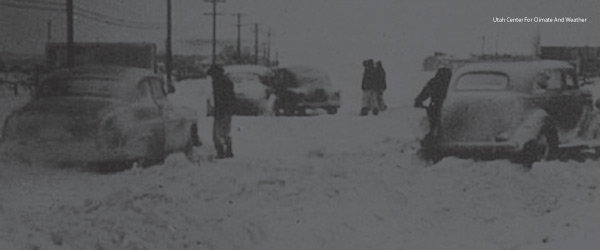Anti-Icing 101:
“This manual, prepared by the Salt Institute, is dedicated to the thousands of men and women in public works agencies at all levels whose task is providing safe streets and highways during winter storms. The modern snowfighter must be accountable for meeting the community’s needs for safety and mobility, as well as the safeguarding of our environment. We commend all those agencies practicing the Safe and Sustainable Snowfighting approach to snow and ice control, which emphasizes getting the most from every application of deicing salt while maintaining the safest roads possible in the most economical way, and protecting the environment.”
Anti-icing, a proactive approach to winter road maintenance, lowers the freeze point of the road. Often calcium chloride is added to the basic salt brine to enhance effectiveness as temperatures drop.
Some operators also add a corrosion inhibitor to protect vehicles from accelerated rusting. There are three key methods to using anti-icing solutions to maintain safe winter roads:
- Apply the brine prior to the storm. This can help prevent bonding to the pavement and ice-pack buildup.
- During the storm, use the solution as a deicer – applying it to snow and ice covered roads and letting it seep into the ice buildup to disbond it from the pavement.
- Use the brine to pre-wet salt as it’s applied to the roadways. This activates the salt and helps it stay on the road better.
Depending on the storm, one application of salt brine can last 2-3 days.




